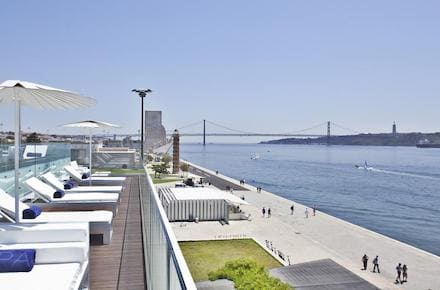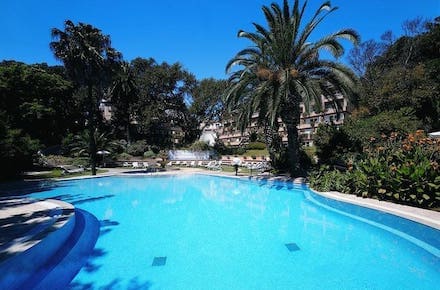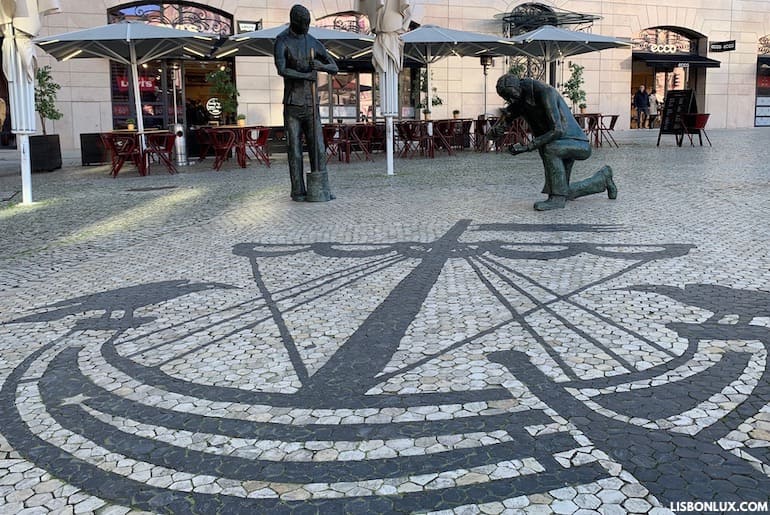
It’s inspired by Roman mosaics, but the traditional Portuguese cobblestone pavement developed in Lisbon during the city’s post-1755-earthquake reconstruction. It all started with Rossio Square’s wave-like patterns, and soon spread all over the capital, to other cities in Portugal, to Brazil, Macau and other colonies. Here are ten of the most outstanding examples in Lisbon today.
"Amália"
Rua de São Tomé (Alfama)
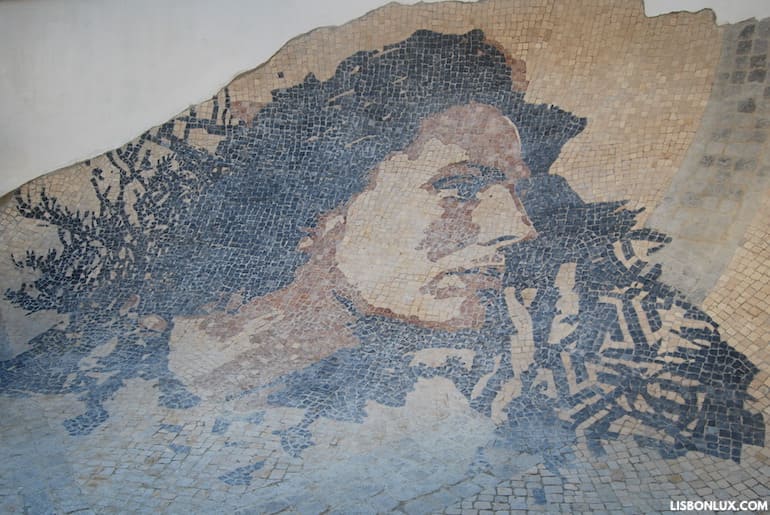
This tribute to fado singer Amália Rodrigues is found in Alfama , where Rua de São Tomé meets Calçada do Menino Deus. Amalia's face descending a wall towards the ground is a creation of street artist Vhils, and was unveiled in 2015.
Rossio
Baixa
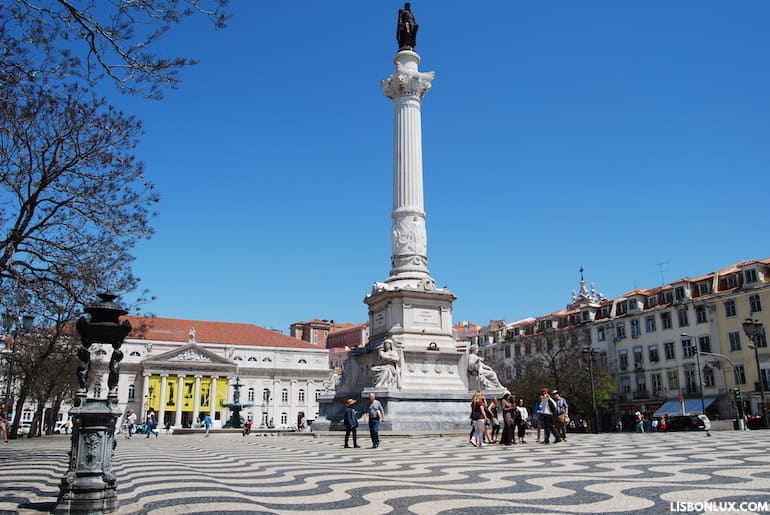
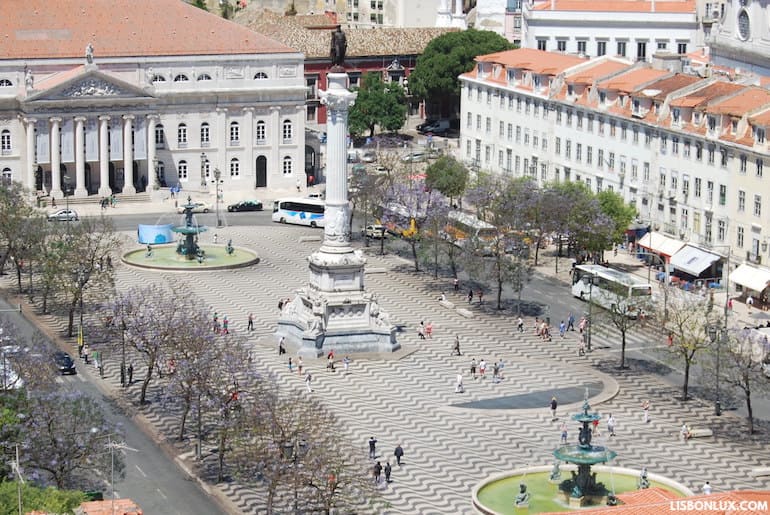
Dom Pedro IV Square (best known as Rossio ) is where Portugal’s traditional cobblestone pavements were born. Its famous wave pattern (named “Wide Sea”) dates from 1849 and is now also one of Rio de Janeiro’s trademarks.
Avenida da Liberdade
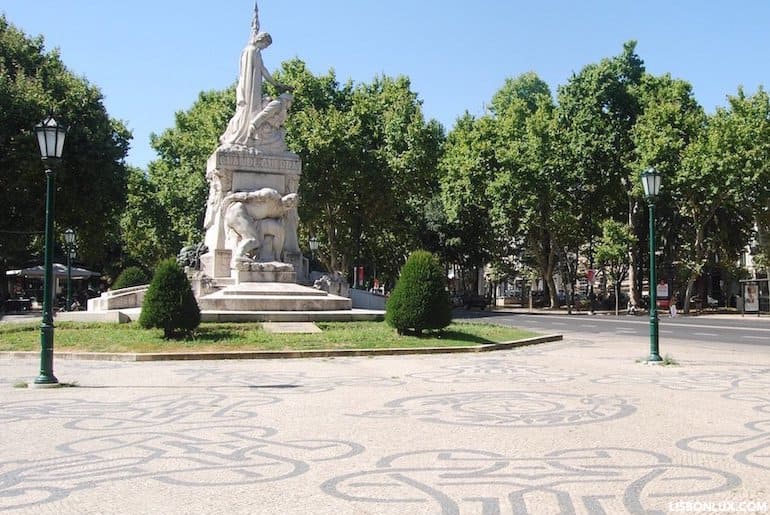
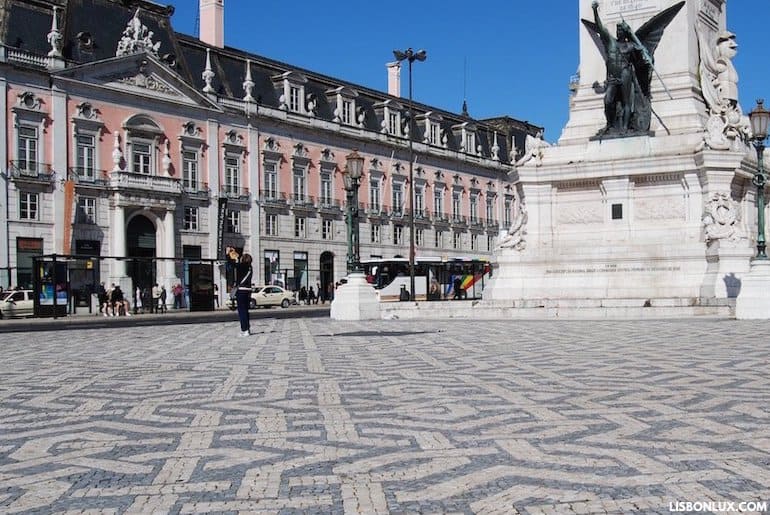
Many of the most beautiful examples of cobblestone designs are seen down Avenida da Liberdade , which features abstract and floral designs, going from Restauradores Square (with its pattern designed by painter João Abel Manta) to Marquês de Pombal Square.
Discoveries Monument
Belém
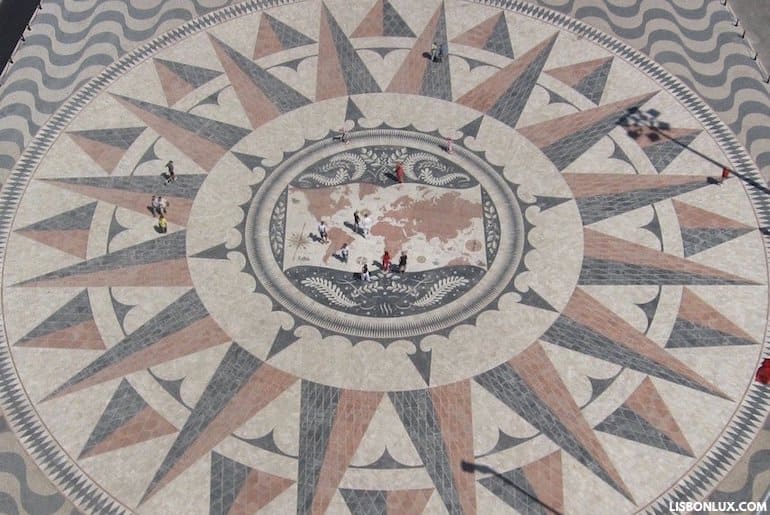
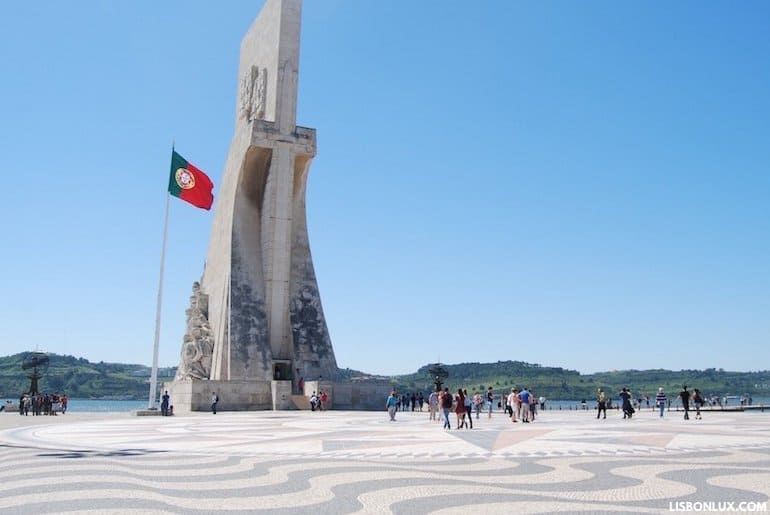
The mosaic next to the Discoveries Monument , with its map of the world inside a compass rose indicating the routes of the Portuguese explorers, is surrounded by the “Wide Sea” cobblestone design similar to that of Rossio.
Parque das Nações
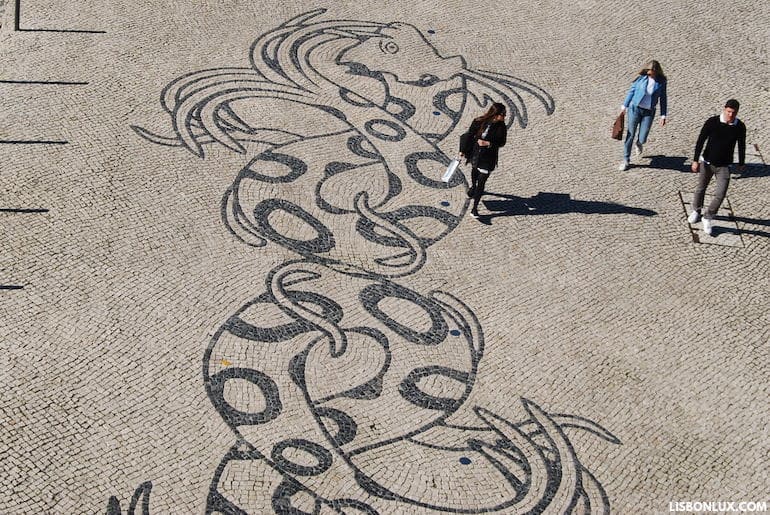
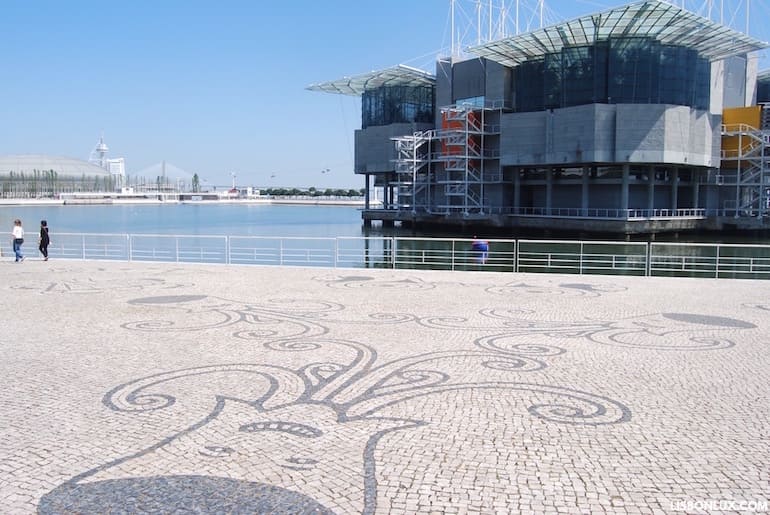
Even in its most modern district, Lisbon did not forget its traditional pavements, although it has innovated in the designs. They’re still inspired by the oceans, with some extraordinary examples next to the Oceanarium , depicting sea monsters. Other maritime motifs cover the central walkway of Alameda dos Oceanos.
Praça do Império
Belém
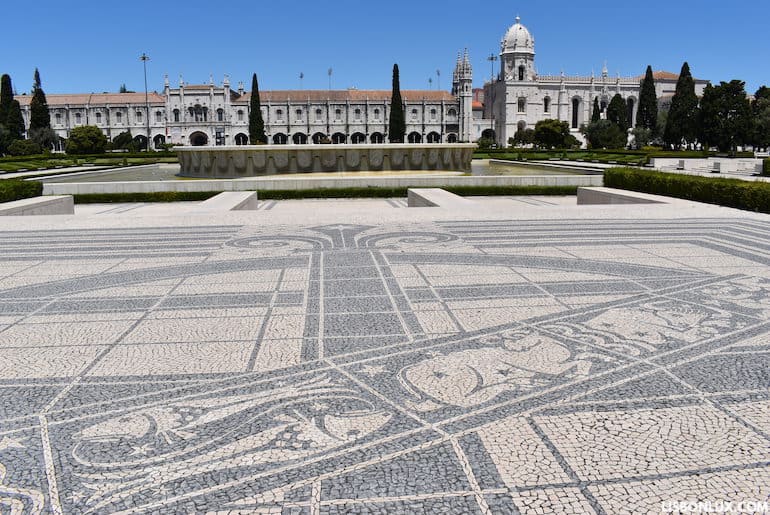
The large square across from the Jerónimos Monastery was designed in 1940 and completely paved in cobblestone. It chose some curious motifs -- the signs of the Zodiac and the armillary sphere.
Praça Marquês de Pombal
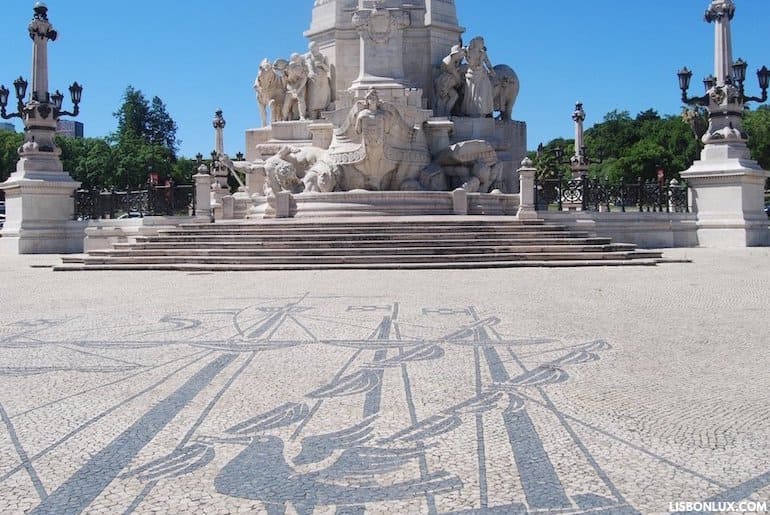
The monument to the Marquis of Pombal, at the center of a roundabout, is surrounded by cobblestone pavement, designed with Lisbon’s arms -- two crows perched on a caravel.
Praça Luís de Camões
Chiado
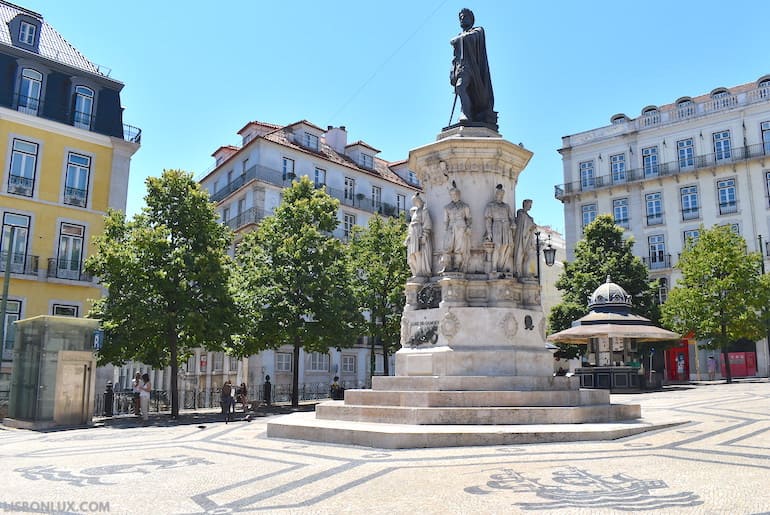
Mermaids and ships surround the pedestal of the monument to Luís Vaz de Camões, recalling "The Lusiads," the poet’s great epic.
Largo do Chiado
Chiado
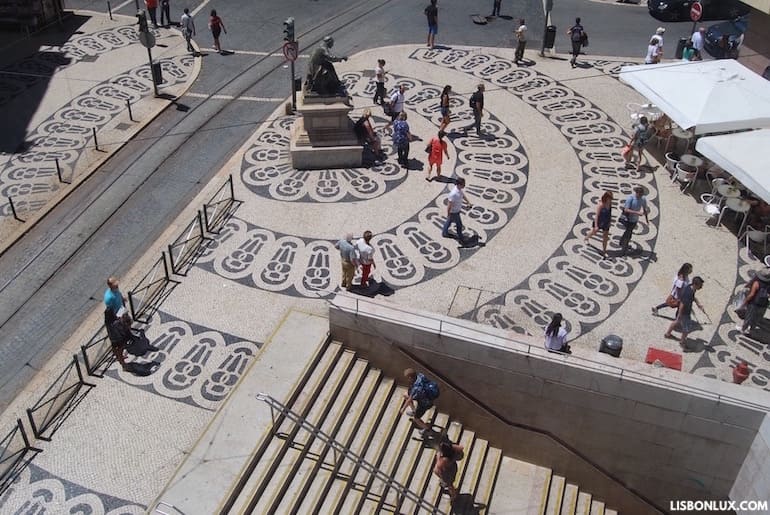
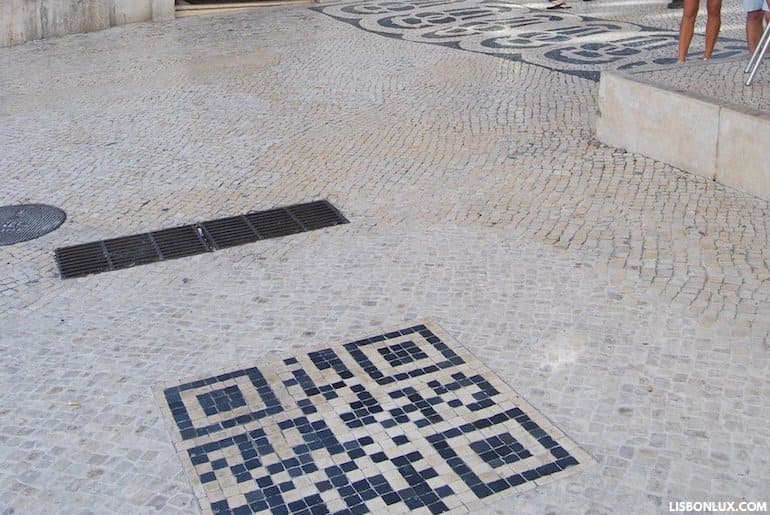
The pavement by the city’s most famous café ("A Brasileira") has an abstract pattern and dates from the 1950s. A little further down, by the terrace of the Benard café, is a 1-square-meter QR code made of cobblestone, to provide tourist information about the neighborhood on your smartphone.
Praça do Município
Baixa
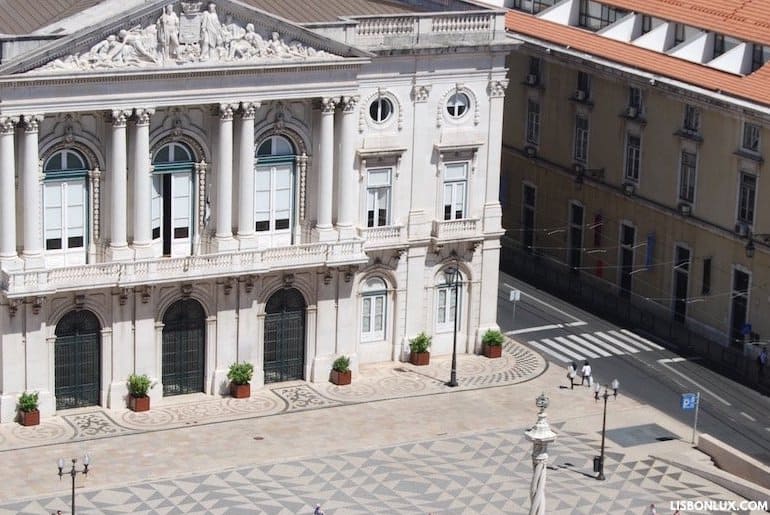
The paving of this beautiful square dates back to 1997, and the design is by painter Eduardo Nery. The artist wanted to create a geometric pattern that would resemble a carpet, through the use of triangles and rectangles.
